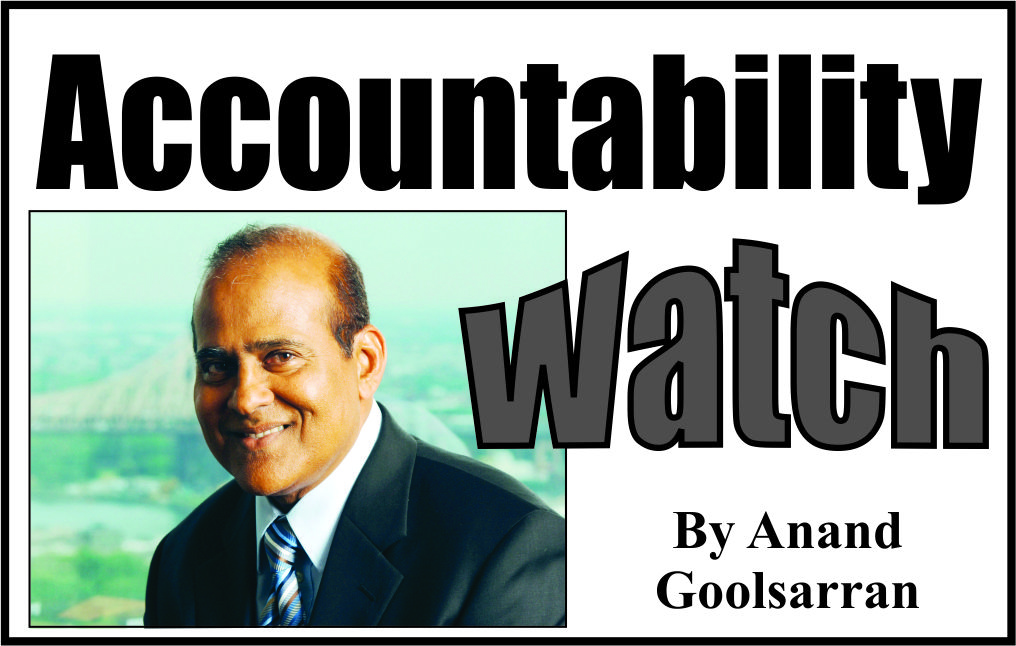
In our last two articles, we discussed Chapter 3 of the recently released Inter-American Development Bank (IDB) report entitled “Economic Institutions for a Resilient Caribbean” dealing with public financial management (PFM) with particular emphasis on Guyana. There is one issue that deserves some attention. It is concerned with the accounting and reporting framework used for processing government transactions. Guyana still uses the cash basis of accounting rather than the accrual basis. Although the cash-based accounting system is simple to understand and implement, and assists legislators in monitoring and controlling spending, it provides a complete and incomplete picture of government financial operations. Several important components of financial reporting are not considered, including: (i) amounts accrued in respect of external parties’ debt to Government on the one hand, and Government debt, particularly long-term debt , on the other hand. , although a separate statement of the public debt is shown; (ii) movement in inventory balances, as all purchases are charged to final expenditure, thereby incurring inflation in expenditure; (iii) permanent or fixed assets, including infrastructure works, which, if valued and put in the Government’s balance sheet, would be of significant significance; and (iv) the absence of consolidated financial reporting to reflect the results of operations and the financial position of the public sector as a whole.